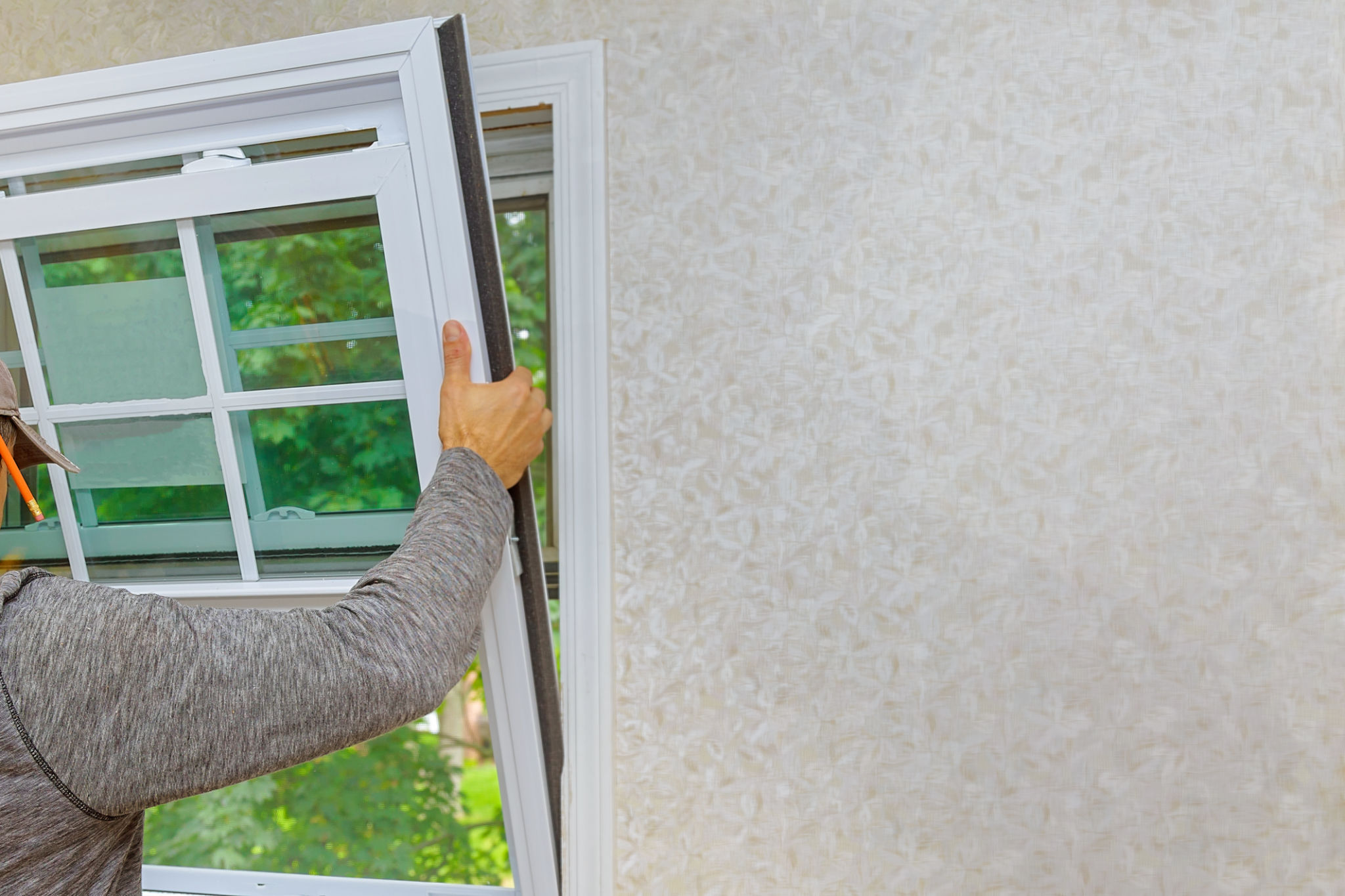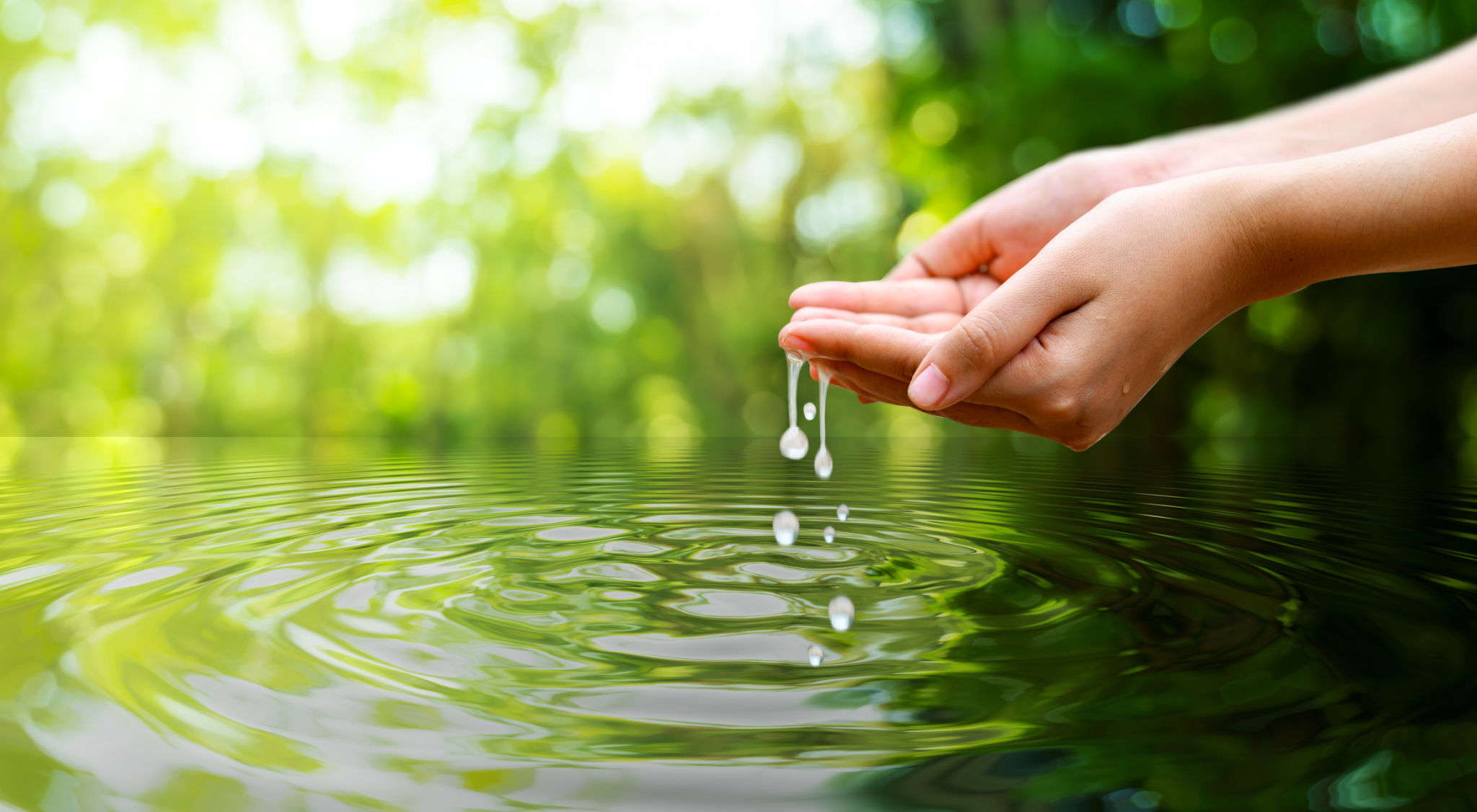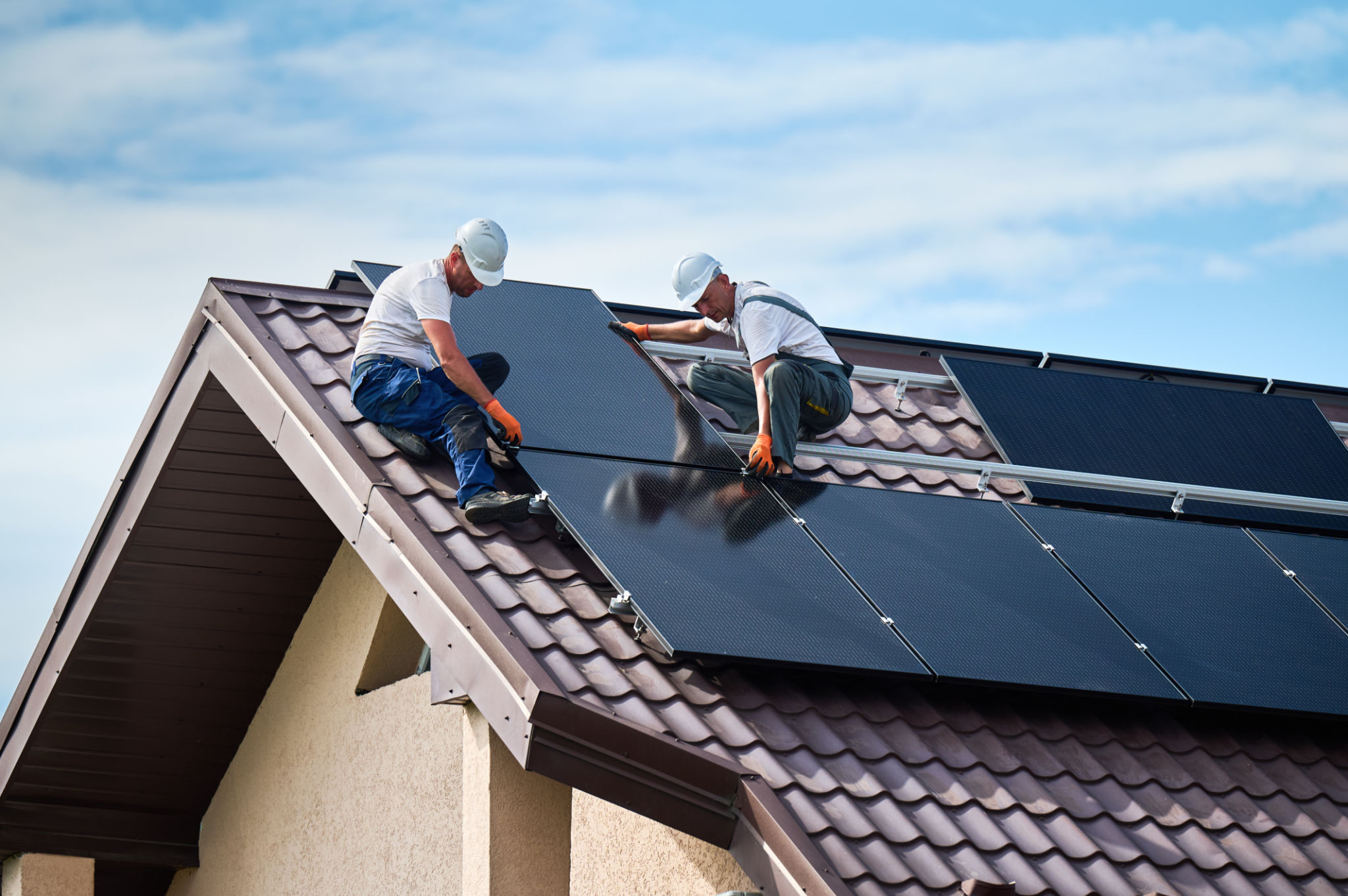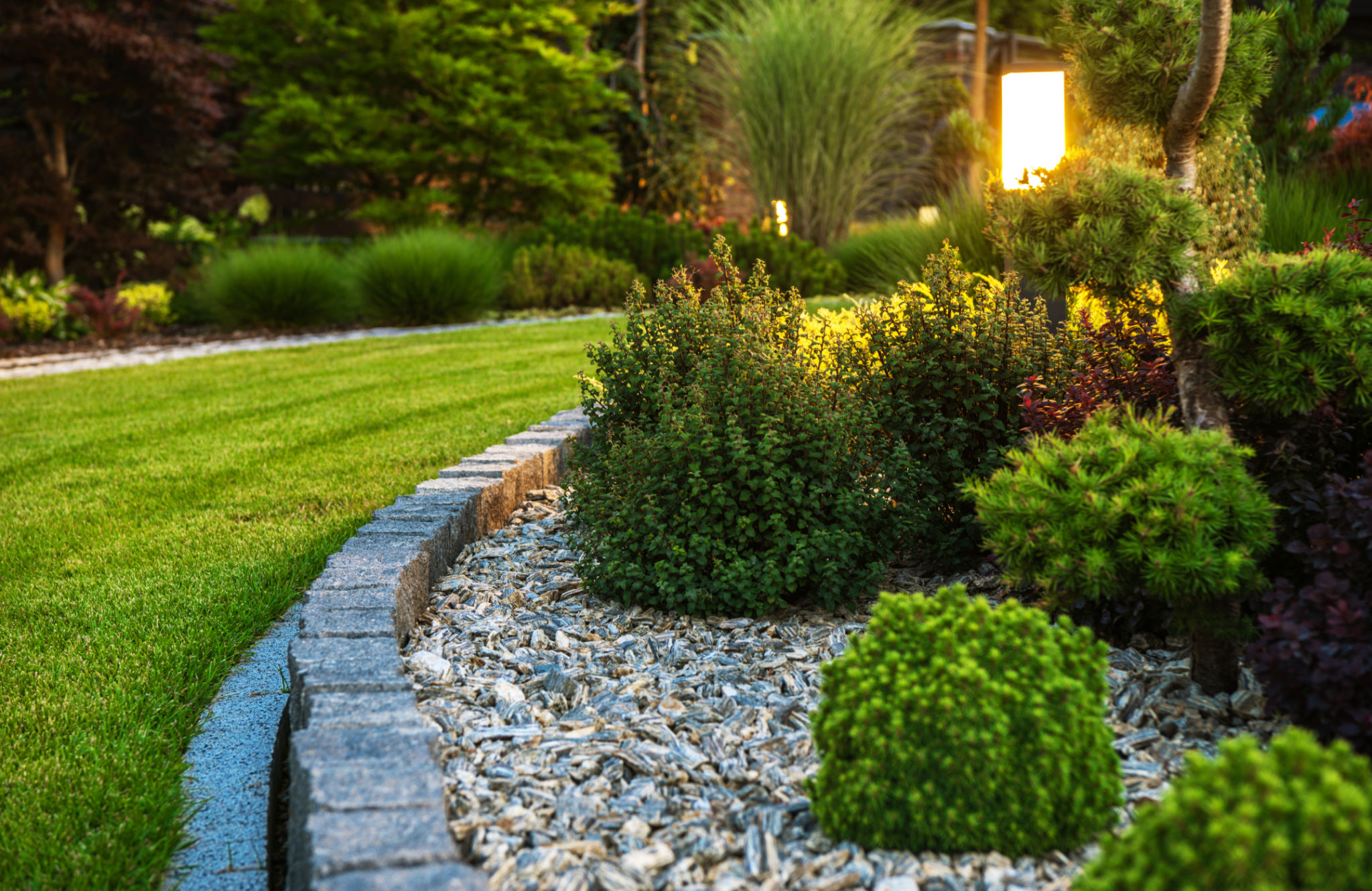Eco-Friendly Home Improvements: Transform Your Space Sustainably
Why Choose Eco-Friendly Home Improvements?
As environmental awareness continues to grow, many homeowners are looking to make their living spaces more sustainable. Eco-friendly home improvements not only help reduce your carbon footprint but also often result in long-term cost savings. By choosing sustainable options, you are contributing to a healthier planet while enhancing the comfort and efficiency of your home.
Eco-friendly upgrades can range from small changes like switching to LED bulbs to more significant investments such as installing solar panels. These improvements can also increase your home's value, appeal to environmentally conscious buyers, and provide a sense of satisfaction knowing you are making a positive impact.

Energy-Efficient Solutions
One of the most effective ways to make your home more eco-friendly is by improving its energy efficiency. Consider upgrading your insulation to minimize heat loss during winter and keep your home cooler in summer. This not only reduces your energy bills but also lessens the strain on heating and cooling systems.
Installing energy-efficient windows is another excellent investment. Double or triple-glazed windows can significantly reduce heat transfer, resulting in a more comfortable indoor environment throughout the year. Additionally, smart thermostats allow you to optimize energy use by learning your schedule and adjusting temperatures accordingly.

Sustainable Materials and Practices
When undertaking renovations, opt for sustainable building materials such as bamboo flooring or reclaimed wood. These options not only look great but are also environmentally friendly and durable. Using low-VOC (volatile organic compounds) paints and finishes will improve indoor air quality, making your home healthier for you and your family.
Consider incorporating recycled materials into your home design. Recycled glass countertops, for instance, are both stylish and sustainable. By choosing products made from recycled content, you help reduce waste and promote a circular economy.

Water Conservation Techniques
Water conservation is a critical aspect of eco-friendly living. Installing low-flow fixtures like showerheads and faucets can significantly reduce water usage without sacrificing performance. Dual-flush toilets provide another water-saving option, allowing you to choose between a full or partial flush depending on need.
Rainwater harvesting systems offer an innovative way to conserve water. By collecting rainwater from your roof, you can use it for irrigation or even for flushing toilets, depending on local regulations and system setup. This not only reduces reliance on municipal water supplies but also decreases your water bill.

Renewable Energy Options
Investing in renewable energy sources is a powerful way to transform your home sustainably. Solar panels are becoming increasingly affordable and efficient, providing clean energy that can power your entire home. Depending on your location, government incentives and rebates may further offset initial installation costs.
Wind turbines are another option for homeowners with sufficient space and favorable wind conditions. While the upfront investment can be significant, the long-term savings and environmental benefits make it a worthwhile consideration for many.

Create a Greener Outdoor Space
Your home’s exterior can also benefit from eco-friendly improvements. Planting native species in your garden promotes biodiversity and requires less water and maintenance compared to non-native plants. Implementing a composting system helps reduce kitchen waste while providing nutrient-rich soil for your garden.
Consider using permeable paving materials for driveways and walkways to reduce runoff and support natural water absorption into the ground. This not only helps manage stormwater but also reduces erosion and promotes healthier local ecosystems.
